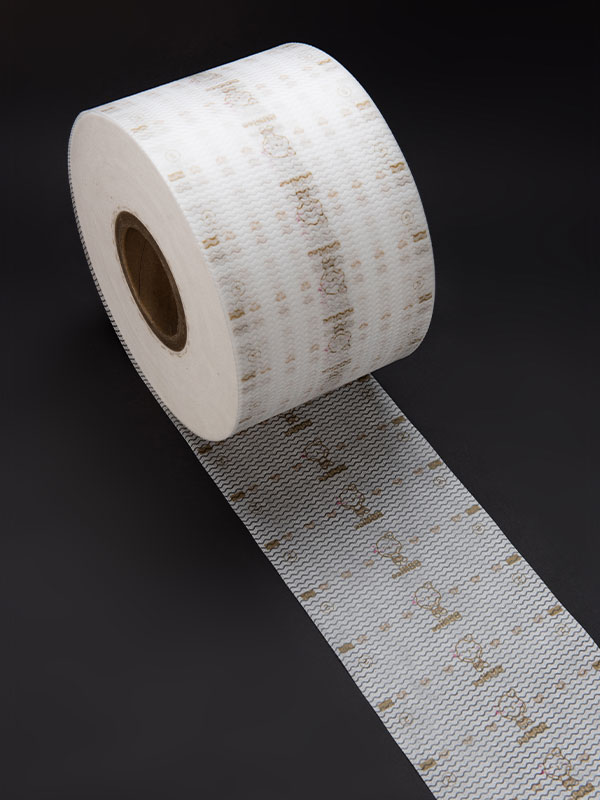The challenge lies in achieving maximum absorbency without sacrificing skin comfort, as babies have particularly sensitive skin that can easily become irritated. So, what materials are used in the construction of a diaper's core to strike this delicate balance?
At the heart of any high-performance diaper is the absorbent core, which typically combines a mix of superabsorbent polymers (SAP) and fluff pulp. SAPs are the key to ultra-absorbency. These polymer particles have the remarkable ability to absorb and lock in moisture, turning it into a gel that won't leak or feel wet against the baby's skin. SAPs are incredibly efficient in absorbing liquids, even large amounts, which is why they are essential for keeping the diaper dry for extended periods, such as overnight or during long outings. However, the challenge is ensuring these polymers don't make the diaper stiff or uncomfortable, which is where the fluff pulp comes in.
Fluff pulp is made from wood fibers, usually sourced from sustainably managed forests, and is soft and flexible. It serves as the cushion and support system for the SAPs, allowing for better distribution of the absorbent material and preventing clumping. Fluff pulp also enhances the overall softness of the diaper, ensuring the baby's skin is protected from rough materials. This is especially important for newborns and infants, whose skin is more delicate and sensitive. The combination of SAPs and fluff pulp creates a highly absorbent yet soft core that can keep moisture away from the skin, reducing the risk of irritation and rashes.
In addition to these core materials, the outer layers of the diaper are also crucial for maintaining comfort and skin health. The inner lining of the
Skin-Friendly Ultra-Absorbent Diaper, which comes into direct contact with the baby’s skin, is usually made of non-woven fabrics. These are typically soft materials that are gentle on the skin, while also being breathable. Breathability is important for reducing the chance of overheating or trapped moisture, both of which can lead to skin irritation. Non-woven fabrics allow for better air circulation, which helps keep the baby’s skin dry and comfortable throughout the day.

Another essential feature in modern diapers is the use of high-viscosity adhesives, especially in the waist and leg areas, where the non-woven waist stickers or tapes are found. These adhesives are designed to stay firmly in place, preventing leaks and ensuring the diaper fits snugly without causing discomfort. The waist and leg areas are particularly sensitive, so these adhesives are made to be soft, flexible, and non-irritating, ensuring a secure fit without leaving marks on the baby’s skin. This contributes to a comfortable and snug fit, even as babies move around more.
The combination of SAPs, fluff pulp, non-woven fabrics, and soft adhesives forms a diaper that provides excellent absorbency without compromising comfort. What’s more, the materials used are rigorously tested for skin safety. Diapers are designed to be hypoallergenic and free of harmful chemicals like phthalates, parabens, or dyes, ensuring that they are safe for the most sensitive skin. Brands often conduct dermatological testing to guarantee that the materials will not cause allergic reactions or irritate the skin, making sure parents can trust that their babies are wearing a product that prioritizes both hygiene and comfort.
It is this innovative blend of materials—superabsorbent polymers, fluff pulp, breathable non-woven fabrics, and skin-friendly adhesives—that creates a diaper capable of keeping babies dry and comfortable while also safeguarding their sensitive skin. Whether it’s for a day of play or a peaceful night’s sleep, these carefully selected materials work together to ensure that babies stay clean, dry, and irritation-free, making life a little easier for both parents and their little ones.

 English
English 中文简体
中文简体 Español
Español






